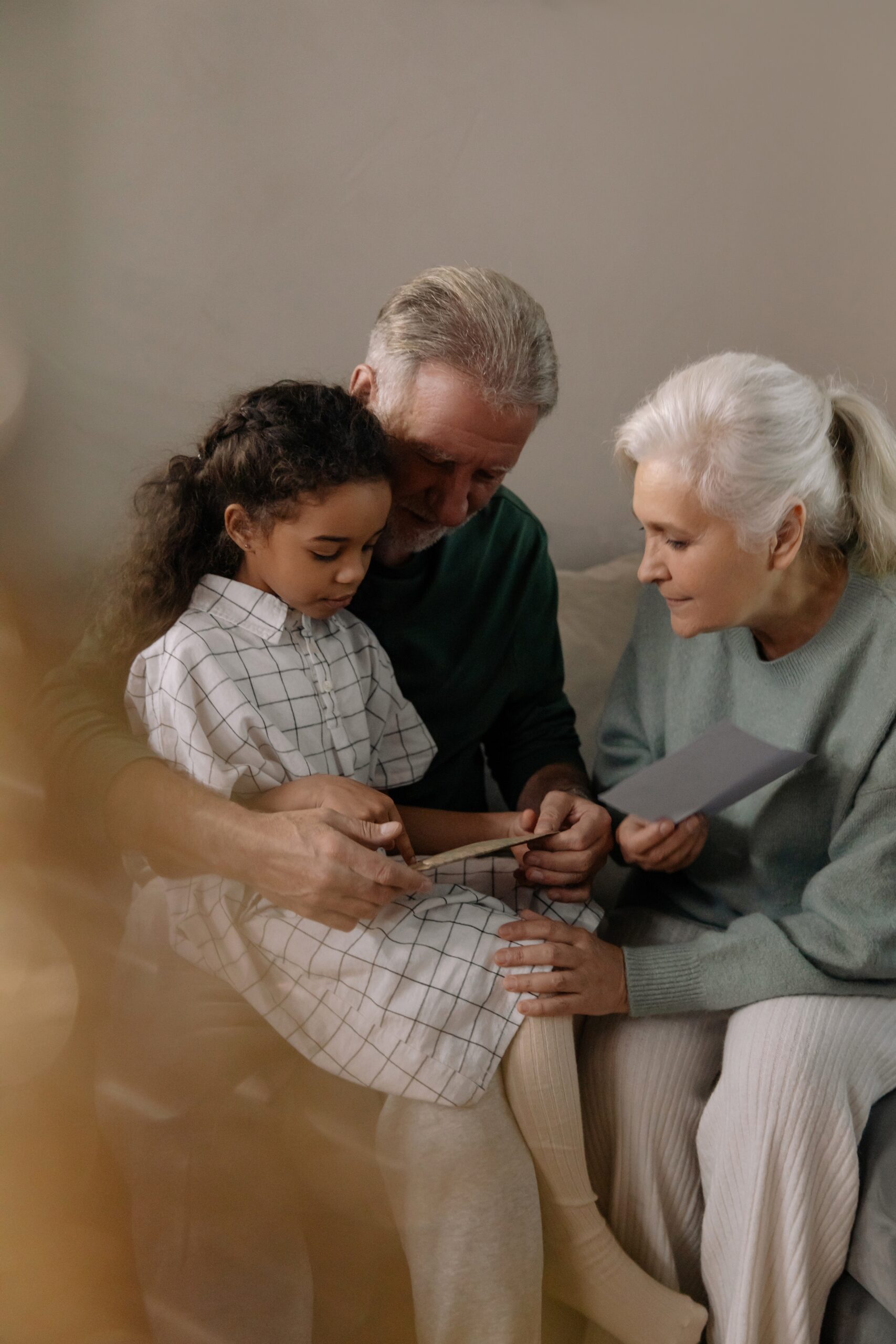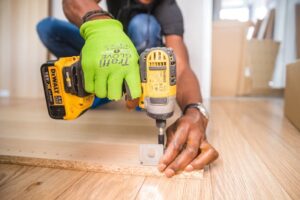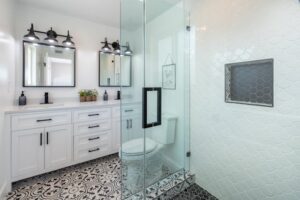
Because more seniors are choosing to stay in their own homes as they age, the need for greater measures to ensure their safety and well being has become evident to their family members. Fortunately, a variety of technologies and products are available to assist them in their daily lives. Here are a few tips for making your elder’s home safer as they age.
Reduce Fall and Tripping Hazards
Vision problems, muscle weakness, balance problems and effects of medications can increase the risk of falls for seniors. Falling can have a serious effect on a senior’s health, so do a sweep of the home environment to assess for falling and tripping hazards. Provide baskets or containers for reading materials and hobby items. Ensure that electrical cords are safety tucked behind furniture. Safety bars in the bath and toilet areas can prevent falling on wet, slippery floors. Make sure the senior has study footwear that supports their feet.
Improve Lighting in Critical Areas
Vision in seniors may not be as good as it once was, so you should do a thorough assessment of the lighting in their living space. Nightlights or motion-activated lighting allow individuals to get to the bathroom safely during the night. Reading and hobby activities may need stronger lighting. Kitchens should have bright light in work areas to prevent cuts and falls. Hallways should have plenty of light switches to ensure the senior can move safely through the house at night.
Re-Configure Home Design
Look closely at the home layout to determine if high traffic areas impeded walking. You may have to move furniture or eliminate it altogether to make moving around the home space safer and more convenient. You may even want to convert a room to another use for the senior. Another solution is Nautilus Stair Lifts, which can help to make 2-story homes more accessible for seniors who want to continue to live independently.
Add More Storage at Lower Levels
Climbing and reaching for items that are located on high shelves can be a hazard for seniors. Providing more storage at easy-to-reach levels can help to avoid falls, back injuries and dropped items. Built-in cabinets, additional pantry space and closet organizers make retrieving items easier and safer.
To provide the safest possible home environment for your loved one, you should do a thorough assessment of their living space and understand the elder’s concerns. In this way, you will be able to anticipate hazards and provide solutions that best serve their unique needs.


